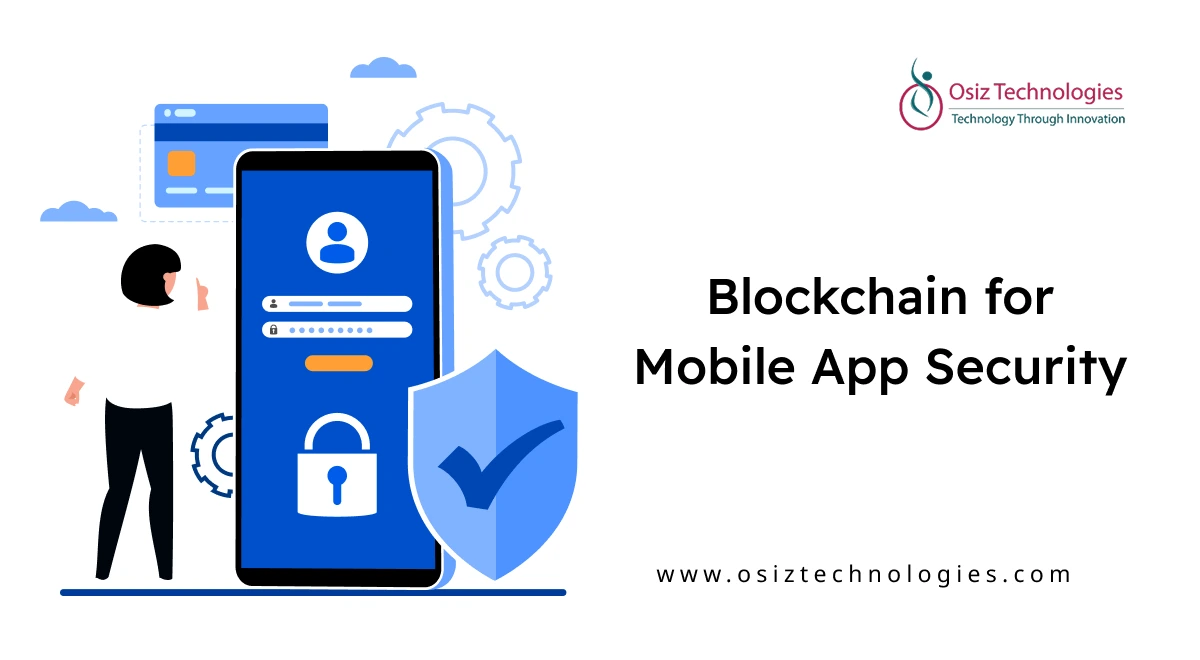A Large Language Model is a type of computer program that generates and learns human-like language using a transformer architecture trained on massive training data. Let’s explore what LLMs are, their types, enterprise benefits and use cases of LLMs. We will also discuss how LLMs work and the process to make developers build quickly.
What is a Large Language Model (LLM)?
A large language model (LLM) is a type of artificial intelligence (AI) that can recognize and generate text, among other capabilities. The term "large" refers to the extensive datasets these models are trained on. LLMs leverage machine learning, specifically using neural networks known as transformer models.
In simpler terms, an LLM is a computer program that has been exposed to a vast number of examples, enabling it to understand and interpret human language or other complex data types. Typically, LLMs are trained on massive amounts of text data collected from the Internet, ranging from thousands to millions of gigabytes. The quality of this training data is crucial, as it influences how effectively the LLM learns natural language, leading programmers to often use more curated datasets.
LLMs employ a machine learning technique called deep learning to comprehend the relationships between characters, words, and sentences. Deep learning involves probabilistic analysis of unstructured data, allowing the model to distinguish between different content pieces without human intervention.
Further training of LLMs is achieved through fine-tuning or prompt-tuning, tailoring the model to perform specific tasks such as answering questions, generating text, or translating languages.
What are LLMs Used For?
LLMs are versatile tools trained for various tasks. One of their most prominent applications is generative AI, where they can produce text in response to prompts or questions. For example, ChatGPT can generate essays, poems, and other forms of text based on user input.
LLMs can be trained on diverse, complex datasets, including programming languages, enabling them to assist programmers. They can write functions on demand or complete partially written code. Additionally, LLMs have applications in:
- Sentiment analysis
- DNA research
- Customer service
- Chatbots
- Online search
Real-world examples of LLMs include ChatGPT (OpenAI), Bard (Google), Llama (Meta), and Bing Chat (Microsoft). GitHub's Copilot is another example, specifically designed to assist with coding rather than natural human language.
Types of Large Language Models (LLMs)
Large Language Models (LLMs) encompass a variety of specialized types, each designed to excel in specific domains:
Generative Pre-trained Transformers (GPTs): These models are adept at text generation and capable of crafting a wide range of textual outputs such as essays, poems, and stories based on given prompts. Examples include GPT-3 from OpenAI.
Dialog-based LLMs: These models are designed for engaging in natural and coherent conversations with users. LaMDA is an example of such a conversational LLM, known for its ability to hold contextually rich dialogues.
Code-focused LLMs: Tailored for programming tasks, these models are proficient in translating natural language descriptions into functional code. Jurassic-1 Jumbo is an example of a code-oriented LLM, facilitating the generation of code snippets and solutions from textual prompts.
Advantages of LLMs
Respond to Unpredictable Queries: LLMs can interpret and respond to natural human language, handling unstructured questions or prompts effectively.
Data Analysis: They analyze data to provide meaningful answers, even when questions are not explicitly programmed.
Flexibility: Unlike traditional programs with fixed inputs and commands, LLMs can understand and process a wide range of language inputs.
Versatility: LLMs can perform a variety of tasks, from generating text to assisting with coding and customer service.
Context Understanding: They can understand and maintain context within conversations, providing coherent and relevant responses.
Natural Interaction: LLMs facilitate more natural and intuitive interactions with users compared to traditional programs.
How Do Large Language Models (LLMs) Work?
Here is a detailed explanation of the working mechanism of LLMs:
Deep Learning and Transformer Architecture:
LLMs leverage deep learning techniques and vast amounts of textual data. These models typically use a transformer architecture, such as the generative pre-trained transformer (GPT), which excels at handling sequential data like text input. LLMs are made up of numerous layers of neural networks, each with adjustable parameters during training. A key component of this architecture is the attention mechanism, which focuses on specific parts of the data to improve understanding and relevance.
Training Process:
During training, LLMs learn to predict the next word in a sentence based on the context provided by the preceding words. The model accomplishes this by assigning a probability score to the occurrence of tokenized words—words that have been broken down into smaller sequences of characters. These tokens are then transformed into embeddings, which are numeric representations of this context.
Massive Data and Learning:
To ensure accuracy, LLMs are trained on a massive corpus of text, often comprising billions of pages. This extensive training allows the models to learn grammar, semantics, and conceptual relationships through zero-shot and self-supervised learning. Once trained, LLMs can generate text by predicting the next word based on the input they receive, utilizing the patterns and knowledge they have acquired. The end result is coherent and contextually relevant language creation, which may be applied to a variety of natural language understanding (NLU) and content generation applications.
Enhancing Model Performance:
Model performance can be further enhanced through techniques such as prompt engineering, prompt-tuning, and fine-tuning. Additionally, reinforcement learning with human feedback (RLHF) is used to mitigate biases, hateful speech, and factually incorrect answers, known as “hallucinations,” which can result from training on large amounts of unstructured data. This aspect is crucial for ensuring that enterprise-grade LLMs are ready for use and do not expose organizations to unwanted liabilities or reputational damage.
LLMs work by using deep learning techniques on a transformer architecture, processing vast amounts of data to learn and generate human-like text. Their ability to understand and produce language makes them valuable for numerous applications, from natural language understanding to content creation.
LLMs Use Cases
LLMs are revolutionizing business processes across various industries, demonstrating their versatility in numerous applications. They enhance conversational AI in chatbots and virtual assistants, providing context-aware responses that simulate human interactions and improve customer care.
Content Generation and Summarization:
LLMs thrive in content generation by automating the development of blog posts, marketing or sales brochures, and other writing tasks. In research and academia, they assist in summarizing and extracting information from extensive datasets, accelerating knowledge discovery. LLMs are also pivotal in language translation, offering accurate and contextually relevant translations, and can write code or "translate" between programming languages.
Accessibility and Efficiency:
LLMs contribute to accessibility by assisting individuals with disabilities through text-to-speech applications and generating content in accessible formats. They are transforming industries like healthcare and finance by streamlining processes, improving customer experiences, and enabling more efficient, data-driven decision-making.
Benefits of LLM in Organization
Text Generation: Generate emails, blog posts, or other content in response to prompts, including refined and polished outputs like retrieval-augmented generation (RAG).
Content Summarization: Summarize long articles, news stories, research reports, corporate documentation, and customer histories into concise texts tailored to the desired output format.
AI Assistants: Chatbots that answer customer queries, perform backend tasks, and provide detailed information in natural language as part of an integrated, self-serve customer care solution.
Code Generation: Assist developers in building applications, finding errors in code, and uncovering security issues in multiple programming languages, even translating between them.
Sentiment Analysis: Analyze text to determine the customer’s tone, understand customer feedback at scale, and aid in brand reputation management.
Language Translation: Offer fluent translations and multilingual capabilities, providing wider coverage to organizations across different languages and geographies.
LLMs impact every industry, from finance to insurance, human resources to healthcare, by automating customer self-service, accelerating response times for various tasks, and providing greater accuracy, enhanced routing, and intelligent context gathering.
How Developers Can Start to Build Their LLMs Quickly?
Before delving into model development, it's essential to define your objectives clearly. Whether you're aiming to create a chatbot, a text generator, or a language translation tool, understanding your project's goals will guide your decisions throughout the development journey. Once objectives are defined, the next step is to gather and preprocess data. This involves collecting a diverse dataset aligned with your project's objectives and performing tasks like tokenization, removing special characters, and handling out-of-vocabulary tokens to ensure data uniformity.
Following data preprocessing, the choice of model architecture becomes pivotal. While starting with simpler architectures like recurrent neural networks (RNNs) or Long Short-Term Memory (LSTM) networks is feasible, transformer-based architectures have become the preferred choice due to their superior performance. Building the model involves defining its structure, implementing the forward pass, defining appropriate loss functions, setting up optimization, and iteratively training the model on preprocessed data. Hyperparameter tuning is then conducted to optimize model performance, followed by text generation, evaluation, and potential fine-tuning to ensure the model meets predefined objectives. Finally, the model is deployed for practical use, with continuous monitoring and improvement being integral parts of the ongoing process.
Closing Notes
Large Language Models (LLMs) revolutionize AI with their ability to understand and generate text, enhancing customer service, content creation, programming, and data analysis. Developers can leverage LLMs through clear objectives, data preprocessing, and iterative training, driving innovation and efficiency across various industries. Embrace LLMs for smarter AI solutions.
Join Osiz to build LLM for your enterprise needs and stay ahead in the rapidly evolving technological landscape. Osiz, a premium AI Development Company provides expertise in developing and deploying customized LLM solutions, ensuring your organization utilizes the full potential of AI to drive growth and innovation. Join Osiz to build a smarter, more efficient future with LLM technology.
Listen To The Article
Recent Blogs

X-Mas 30%
Offer












